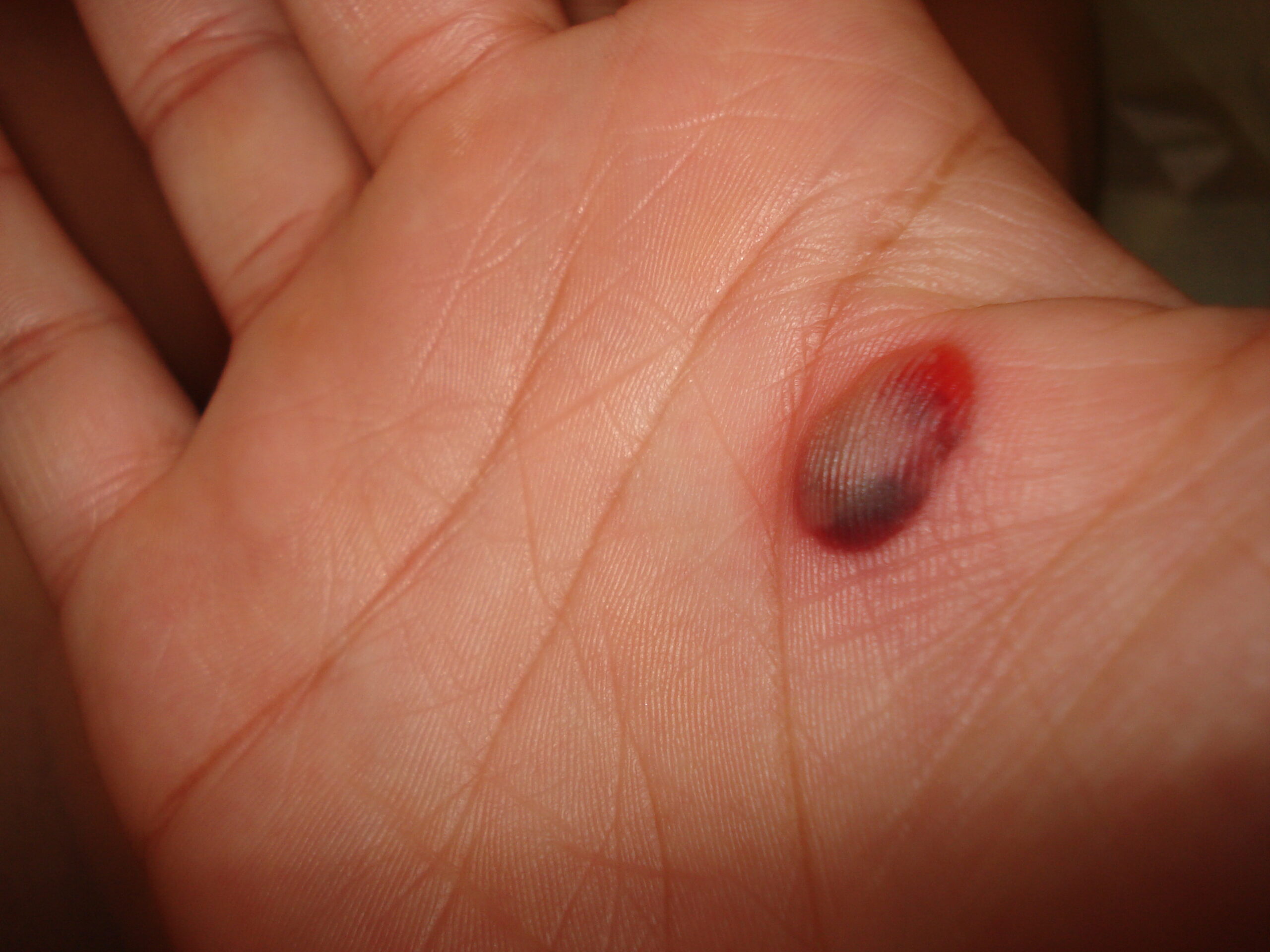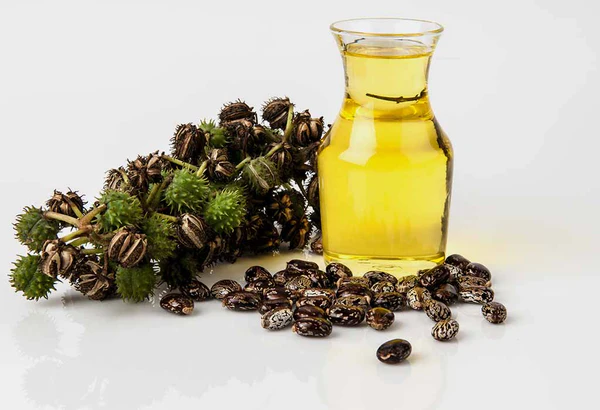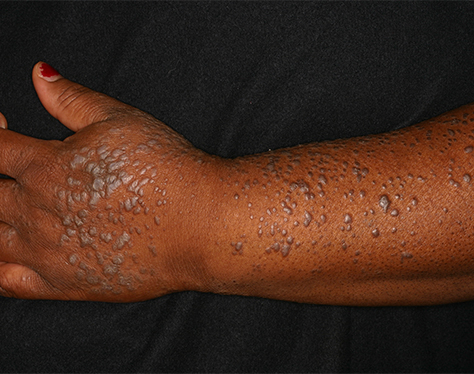Blisters, Friction blisters, Friction, Skin infection.
Root Cause of Disease
Friction blisters form when clear fluid builds up in the upper layers of skin. Many people get friction blisters from walking too much in poor-fitting shoes or by not wearing socks. You can also get them on your hands from holding things like shovels or other tools. Friction blisters occur most often on the hands and feet, which may rub against handheld tools or shoes. The blisters can occur due to continual rubbing over a long period or intense rubbing over a shorter period.
The following factors can make a person more likely to have a friction blister:
- Wearing ill-fitting clothes or shoes that rub against the skin during movement.
- Sweating excessively or spending time in a damp climate, as it is easier for friction blisters to form on moist skin.
- Exercising frequently.
- Having an occupation that is very physical.
- Carrying extra weight while moving.
- Wearing tight, new, or uncomfortable shoes, which may repetitively rub the skin on the feet.
- Wearing socks that are thin or do not wick away moisture.
- Using or wearing tools or fabrics that are rough or hard.
Symptoms
Blisters causes by injury or friction will appear as a localized bubble filled with either clear or bloody liquid. Blisters that are the result of another condition may appear in one area of your body or may be all over your body. Blisters may be painful or itchy. If there is a systemic cause, like an infection, you may also have whole-body symptoms such as fever, pain, or fatigue. The symptoms of a blister may look like other skin conditions. Always see your health care provider for a diagnosis.
Home remedies to treat Friction blisters
Remedy – 1: Aloe vera
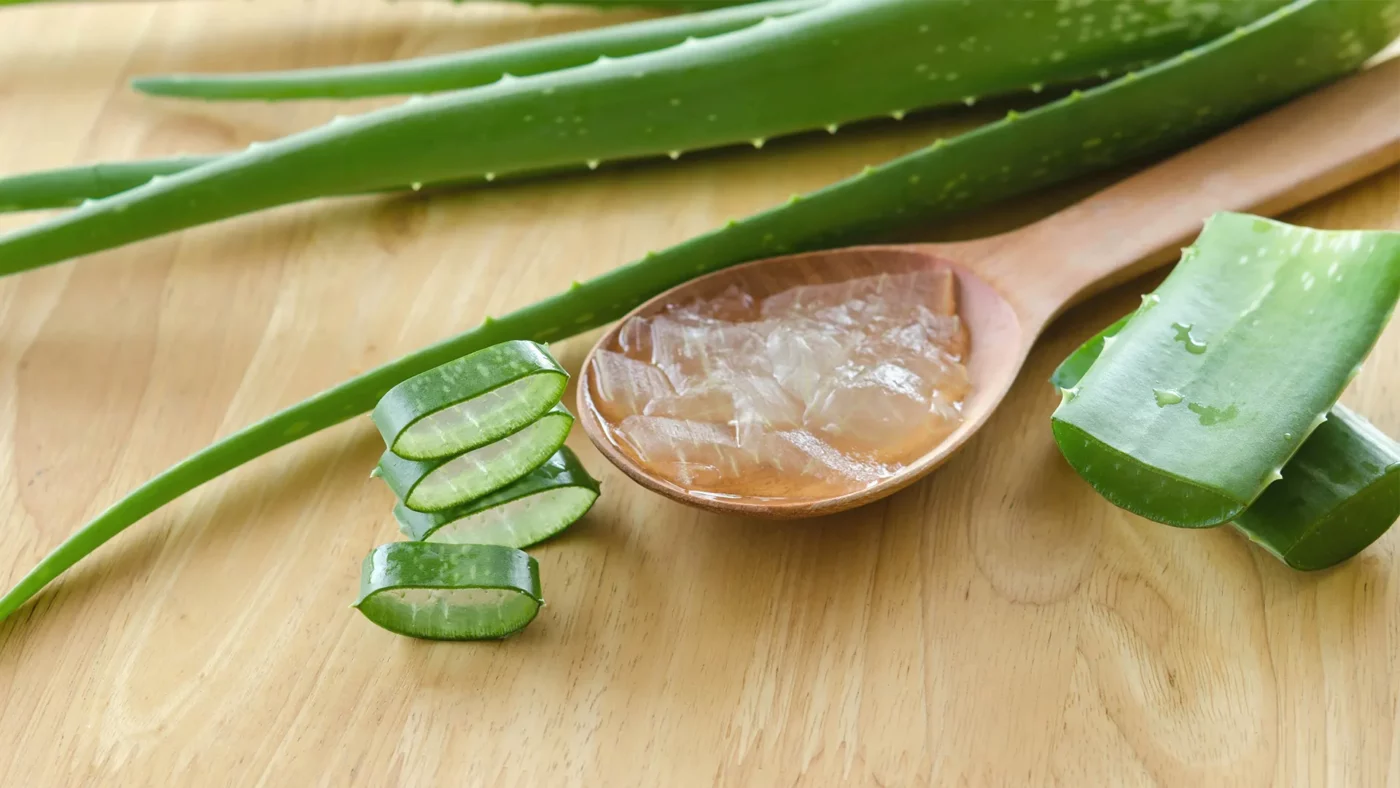
Aloe vera acts as a natural healer. The natural anti-inflammatory compounds in it helps to relieve redness and swelling. It is also very hydrating, so it keeps the skin moist and heals it faster, especially after the blister pops.
Product link: Aloe vera gel
Remedy – 2: Apple cider vinegar
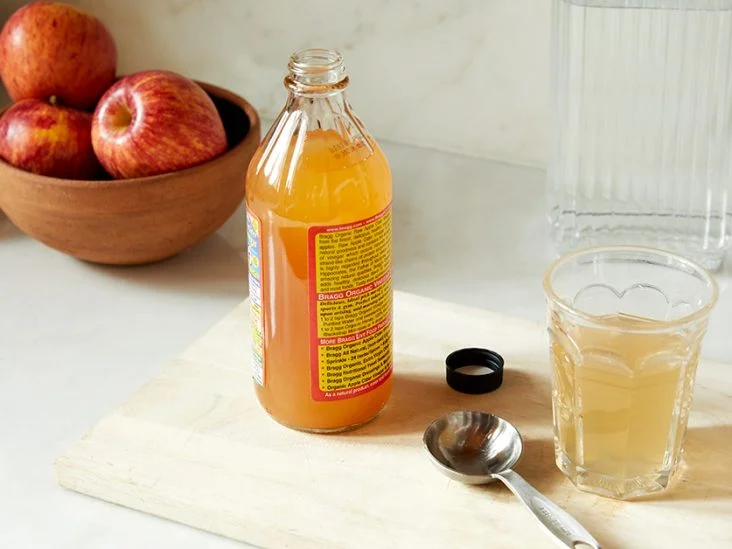
Apple cider vinegar has antibacterial properties and thus helps to prevent infection once a blister is popped open. Apply the stingy vinegar gently with a cotton swab around the open or popped area.
Product link: Apple cider vinegar
Remedy -3: Castor oil
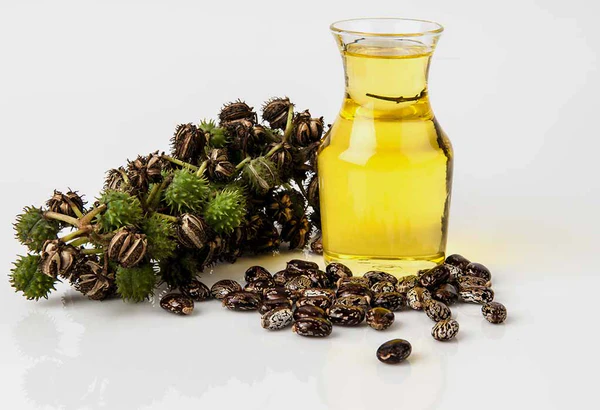
Castor oil is one of the most popular home remedies which are used for treating blisters. Before you go to the bed you should apply this oil on the blistered area. You should let this remedy to stay all night on your blisters because this remedy will dry them and also it will heal them.
If you want to further aid healing, then you can apply a mix from apple cider vinegar and castor oil. Also this remedy is one of the best home remedies for foot blisters. When you are using this remedy, then you the affected area is moisturized. If you having itchiness in your situation, then this remedy will help you to reduce the itchiness. Also the castor oil is very effective natural remedy which is helping for the healing process.
Product link: Castor oil
Remedy – 4: Epsom Salt
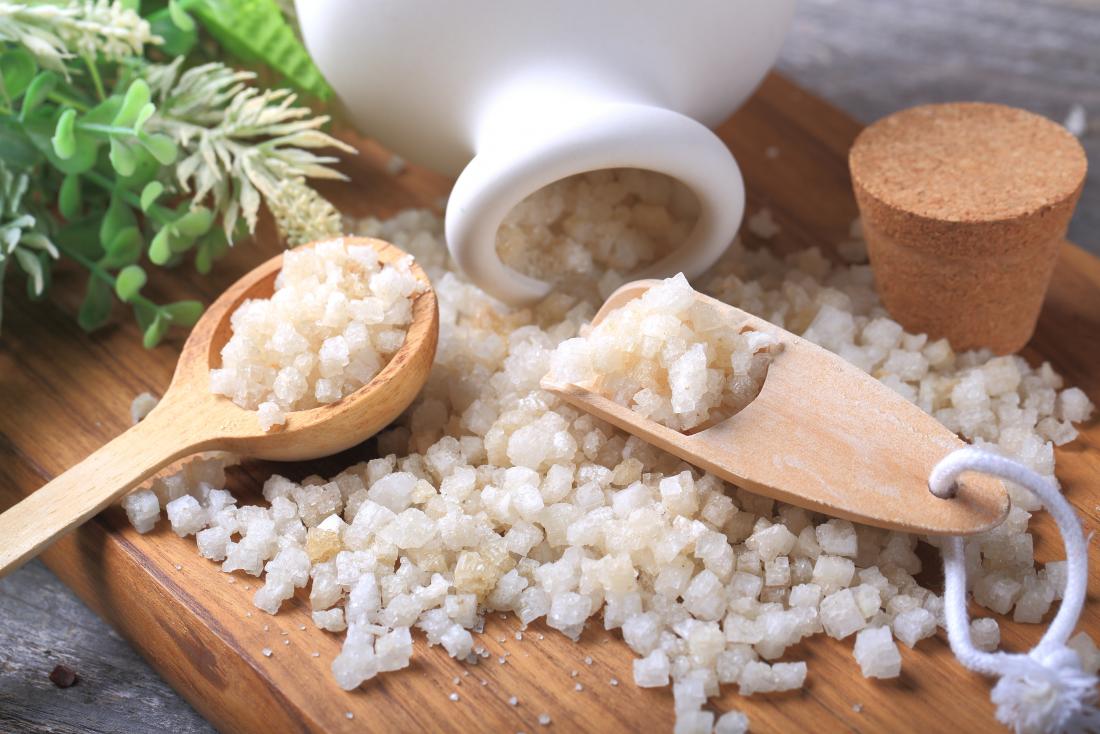
This is one of the best ways to treat your foot blisters. It is easy and also it is safe natural treatment for it. When you have un-popped blister and you are using Epsom salt as your natural treatment, then you this remedy is encouraging blisters to drain. Epsom salt has high amounts of magnesium. This element will help people to reduce the pain, inflammation and swelling. Also if you are using Epsom salt as your natural remedy for the blisters, then you are preventing yourself from further infections.
Procedure:
- In a foot tub filled with warm water you should add one to two tablespoons of Epsom salt and then stir this mix thoroughly.
- You should soak your feet in this mix for fifteen minutes. Then, you should remove your feet from the water.
- Dry them. After you have dried them, you should apply Vitamin E oil or a coating of petroleum jelly.
- If you have decided to use this treatment, then you should do it once per day in a period of few days. What is important to know about this treatment is that when your blisters are pop, then this remedy is stinging so you should stop use this remedy.
Product link: Epsom salt
When should I see my healthcare provider
You should see a healthcare provider if your blister does not improve after a few days. You should also see a provider if the blister appears infected. If it is infected, your skin will be red and swollen. The blister fills with a white or yellowish fluid rather than a clear fluid or blood.
Preventions
- Wearing well-fitting, worn-in shoes, and boots with thick, soft socks that wick away moisture.
- Wearing new shoes or boots for short periods only until they are comfortable.
- Stopping activities or removing shoes or items of clothing immediately if they seem to be irritating the skin.
- Protecting the areas of skin prone to friction blisters with preventive dressings, pads, and cushioning products.
- Using insoles and orthotics to reduce pressure points on the feet.
- Applying talcum powder or antiperspirant to the feet as a short-term measure to combat sweat.
- Wearing protective gloves for the repetitive use of hand tools or during sporting activities.


